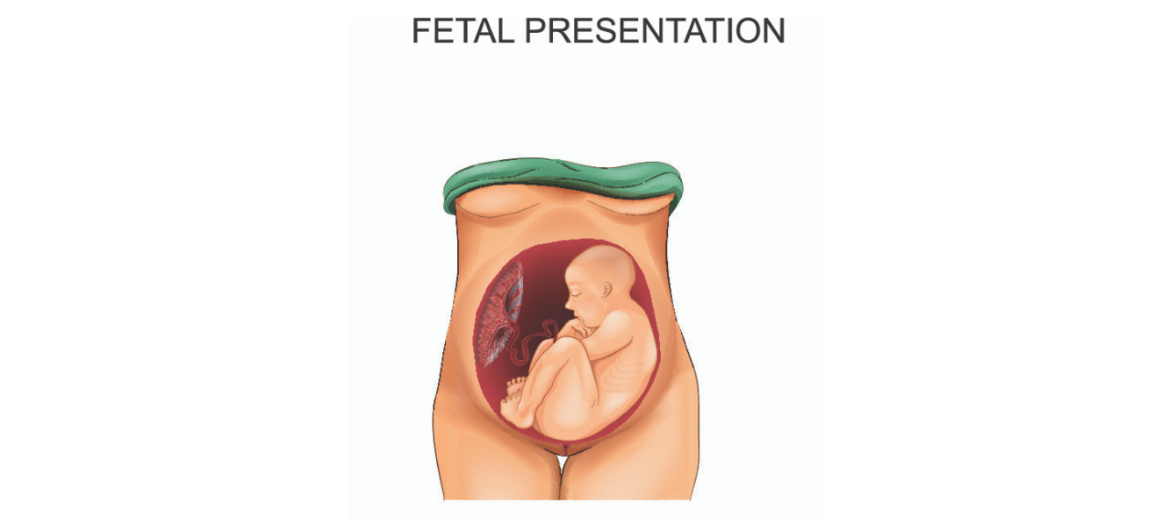When Anita Parekh, 35, was advised a cesarean because her baby was in breech position at 32 weeks, she became tense. “I didn’t know what breech baby means, and the fact that I was preparing for a normal delivery but would not be able to have one was disturbing,” she said. She decided to get a second opinion from Dr. Namrita Gurpal Singh Sandhu , Consultant Obstetrician – Gynecologist at Sitaram Bhartia Hospital in South Delhi, to understand what breech baby meant and the chances of a normal delivery.
Worried about her baby and herself, she had a torrent of questions ready for the gynecologist.
What does breech baby mean?
According to the American College of Obstetrician and Gynecologists (ACOG), a baby is in breech presentation if the baby’s feet and/ bottom are facing downwards (closest to the cervix) In the usual cephalic presentation, babies have their head facing downward.
What is the reason for breech baby?
There is no definitive cause for a breech baby. It is possible you have a breech baby because of certain factors such as:
- Being pregnant with more than one baby
- Having low amniotic fluid or more than usual
- The placenta is low and covering the cervix either partially or completely
- First time mothers with good abdominal tone
- Pre- maturity
- Uterine malformation (Defects in the shape of the uterus)
“Don’t be alarmed. Babies turn throughout pregnancy. Babies can turn even upto one week before the expected date of delivery. As a result, it is wiser to defer planned cesareans, “ reassured Dr. Namrita Gurpal Singh Sandhu
If the baby continues to be in breech position after till the very end, medical evidence suggests that it is safer for the baby to be born through a cesarean.
As she absorbed the meaning of breech baby, Anita wanted to know “Are breech babies healthy?”
“Breech babies are completely healthy, and are only rarely associated with foetal abnormalities” said Dr. Namrita Gurpal Singh Sandhu. “So you don’t need to worry. ”
Anita was visibly relieved to know that there were going to be no breech baby problems later in life. She voiced another concern.
“ Is having a breech baby dangerous?” (High risk situation)
Dr. Namrita Gurpal Singh Sandhu replied, “It is not dangerous to have a breech baby particularly since babies keep turning during pregnancy and even in labour but it can be intimidating.”
“You may hear many myths regarding a breech baby but most of these will not have any scientific basis. All you need to understand is that this is just a normal condition and your baby might even turn before the delivery without any interventions.”
After knowing that having a breech baby is completely normal (There are only 3% to 4% chances of having breech presentation), hence, Anita wanted to know the process of turning a breech baby so she raised another query.
“How can I turn my breech baby naturally?”
“A baby in a breech position can be turned either through exercises and/or medical procedures,” said Dr. Namrita Gurpal Singh Sandhu.
Dr Aman Sachdeva, Head, Physiotherapy at Sitaram Bhartia Hospital recommends, “There are exercises such as Dolphin and Bridge pose, Downward dog pose, Forward Bending Extreme Stretch, All Fours that expectant mothers can try. These can be done from the 32nd week onwards, and can help spin a baby.”
It is always advised to consult your physiotherapist to avoid any kind of complications.
“It gives best result in between 32 to 36 weeks.” says Dr Aman.
Techniques to Turn a Breech Baby
“Medically, External Cephalic Version (ECV) is a procedure that is carried out to turn a breech baby meaning that is in the correct cephalic presentation, with its head down. The procedure is done using ultrasound with the expectation that 1 in 3 babies will turn,” added Dr. Namrita Gurpal Singh Sandhu. 
Anita felt really content with Dr. Namrita Gurpal Singh Sandhu and Dr Aman’s words.
She was anxious about the fact that her doctors might have to go for a c-section at 37 weeks to which Dr. Namrita Gurpal Singh Sandhu calmly explained that “Unless there is a clear medical indication or the baby is not growing well, a cesarean is not usually advised at 37 weeks. Recent studies also show that the brain continues to grow after 37 weeks. We therefore recommend mothers wait to see if the baby turns.”
She was put to ease after talking to Dr. Namrita Gurpal Singh Sandhu about her doubts.
Anita decided to heed the doctor’s advice and wait till 39 weeks. She also did the suggested exercises with the help of the physiotherapist.
The doctors also tried ECV for breech baby at 37 weeks but because it didn’t work they decided to wait a few more weeks as the baby was growing well. Then at 38 weeks, spontaneous version took place – meaning the baby turned. Anita then went into labour.
Anita delivered a healthy baby despite all the fears she had around a breech baby. She was grateful that the doctors didn’t rush into a cesarean and gave her every chance to wait and have a normal delivery the way she had desired.

Liked this article? Follow us on Facebook, Instagram and Youtube for more such content!
 Medically Reviewed by Dr. Namrita Gurpal Singh Sandhu
Medically Reviewed by Dr. Namrita Gurpal Singh Sandhu
MBBS, Government Medical College & Hospital, Chandigarh, India (2005) DNB, National Board of Examinations (2012), MRCOG (Part One), Royal College of Obstetricians and Gynaecologists (2015), Diploma in Gynecological Laproscopy, Hysteroscopy and Urogynecology, Kiehls school, Germany (2019)
Experience: 10+ years
Please call on + 919871001458 to schedule a consultation.


